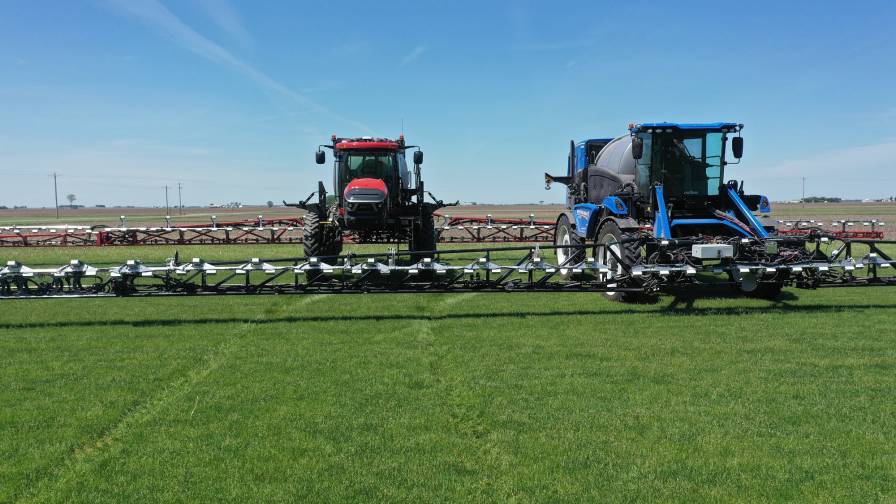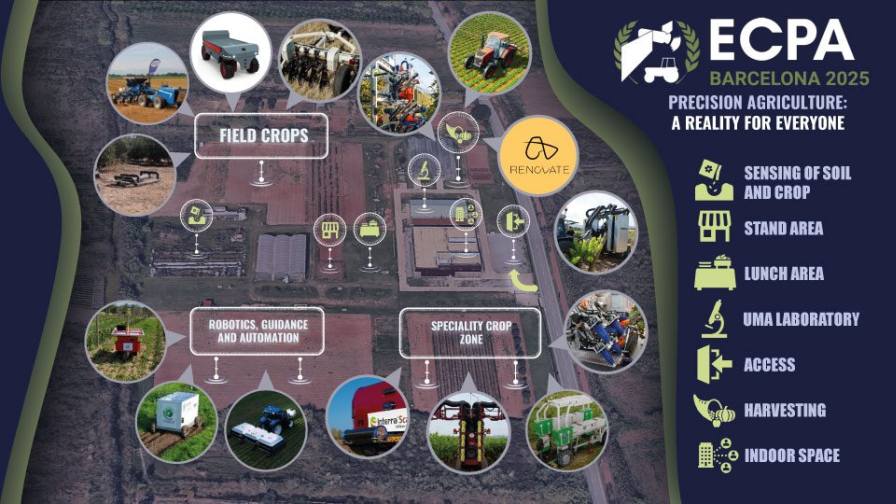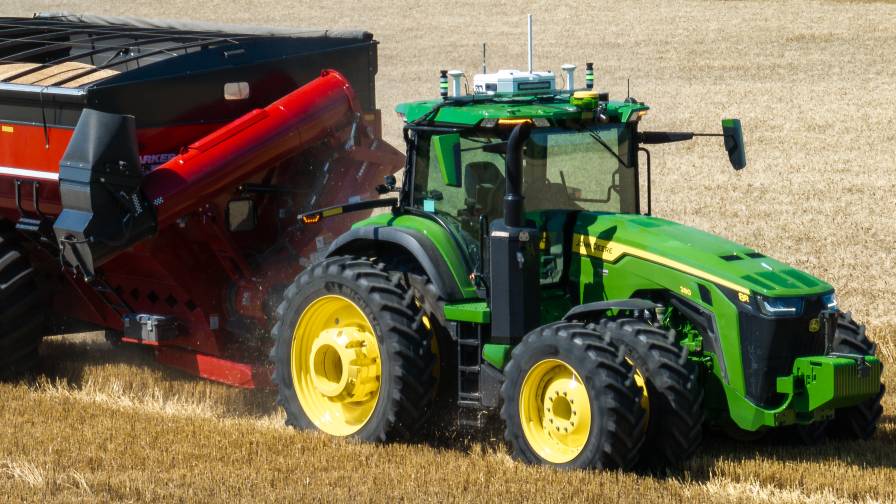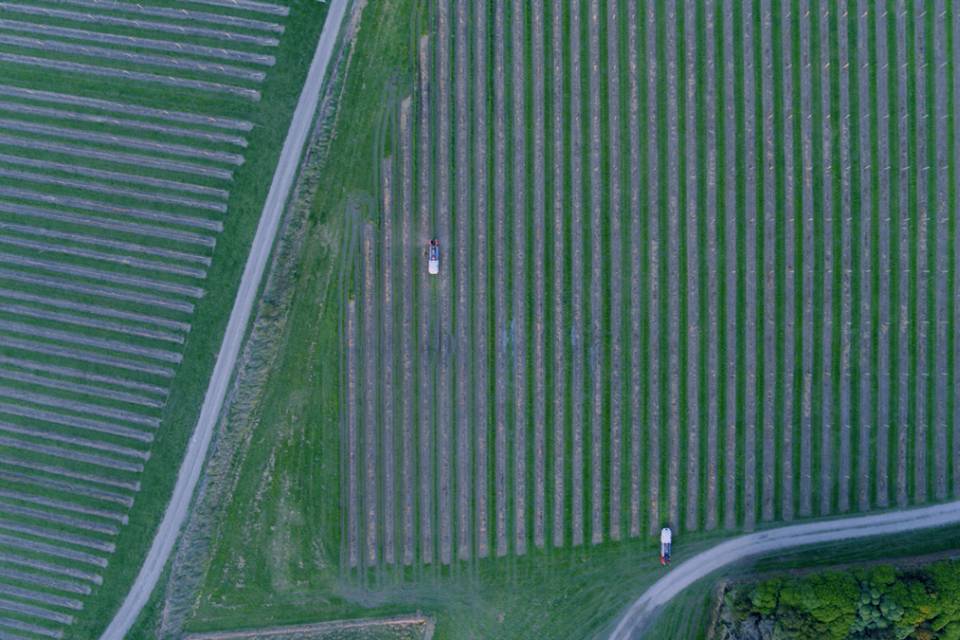Beyond Disruption: Earning Trust and Driving Impact in AgTech Through Grower-Led Innovation
Innovation in agriculture has taken big steps forward — with drones mapping fields, satellites delivering real-time data, and software guiding decisions at scale, writes Reservoir CEO Danny Bernstein at CropLife. But there’s a layer of complexity closer to the ground for open-air farms — rugged terrain, fragile crops, unpredictable labor — that demands something more tactile. That’s where physical artificial intelligence (AI) comes in: technology built to operate in the dirt, alongside the crop, in real time.
Silicon Valley software culture shaped my career, where things move fast, break often, and scale is king. At Google and Microsoft, we obsessed over clean UX, seamless code, and shipping quickly. But agriculture plays by a different clock. The unpredictability of open air and fields doesn’t care about your roadmap or your next release. And the stakes — grower balance sheets, rural economics, ag communities, food systems — are deeply real.
That said, there’s something from Silicon Valley tech that feels worth bringing with us — not the hype, but the habit of questioning assumptions. What if startups worked in sync with growers from the start? What if we built tools that adapt to the timing of the crop, instead of forcing the crop to fit our schedule? What if the people designing the tech were in the field when it gets used?
That’s the thinking behind the Reservoir — an “Olympic Village” innovation community for agtech, starting in California, where startups, growers, and retailers work side-by-side. Ideas get pressure-tested in the field, not in isolation.
MORE BY CROPLIFE
U.S.: Farming Roots Run Deep and Wide for Ag Tech Expert Lindsey Ross
From Disruption to Ground-Level Results
Too often, agtech is built in isolation — by teams removed from the realities of the farm, designing for ideal conditions that don’t exist. But agriculture isn’t always a controlled environment or a software layer you can iterate on overnight. It’s shaped by unpredictable variables — weather, labor, regulation, crop biology — that don’t respond to roadmaps or pitch decks.
What we keep hearing from growers, retailers and producers is that real traction happens when technologists are hands-on, immersed in the day-to-day of the farm, not just the boardroom. And that’s backed by data. According to the 2024 CropLife/Purdue University Precision Agriculture Dealership Survey, the percentage of ag retailers using drones to apply crop inputs is projected to grow from 35% today to more than 50% by 2027.
AI-driven weed identification, once cutting-edge, is on track to be a standard offering for a quarter of dealers in the same window.
Yet for all the progress, the reality is sobering: less than 2% of specialty crop production is currently automated, according to the Western Growers Association. That’s a massive gap — and a massive opportunity.
Read more at CropLife.









